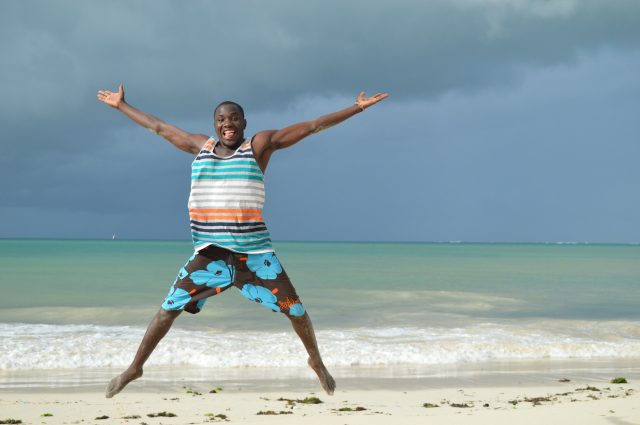The group of Bantu languages is made up of about 500 languages of the Bantoid subgroup of the Bueno-Kongo branch of the Niger-Congo language family. Nevertheless, it is worth to note that the number of Bantu languages have to be considered as general but not absolute validity. When it comes to African languages, there are some difficulties in making difference between what is considered to be a language and what is a dialect. So despite we know that a language needs to have a standard variety, be written, have more speakers, have some form of official status and not be intelligible to speakers of other languages, such characteristic is just partly true in sub-Saharan Africa.
The word Bantu means ‘the people’. Bantu languages are spoken in a very large area including most of Africa. There are about 120 million Bantu speakers who can be found in the Congo Basin, Angola, the Republic of South Africa, Mozambique, Zimbabwe, Zambia, Malawi, Tanzania, and Kenya.
Such significant Bantu languages as Zulu, Xhosa, Sotho, and Setswana are spoken by millions of people in South Africa, Lesotho, and Botswana. Other important languages include Makua and Thonga, Bemba, Shona, Kikuyu, Ruanda, Rundi, Kongo, Mbundu, Angola and Lingala.
Nevertheless, the dominant language of the Bantu group, a Bantu lingua franca important in both commerce and literature, is the Swahili language. The language is so widespread that there are about 5 million people who speak it as a first language and 30 more million who speak it as a second language. Speakers of the Swahili language mainly can be found in Kenya, Tanzania, Congo (Kinshasa), and Uganda. What is more, due to its status of the Chief trade language of East Africa, the Swahili is understood by about 20 million people who do not speak it. Also, the Swahili language is the only one in the Bantu group that does not belongs to tonal languages.




